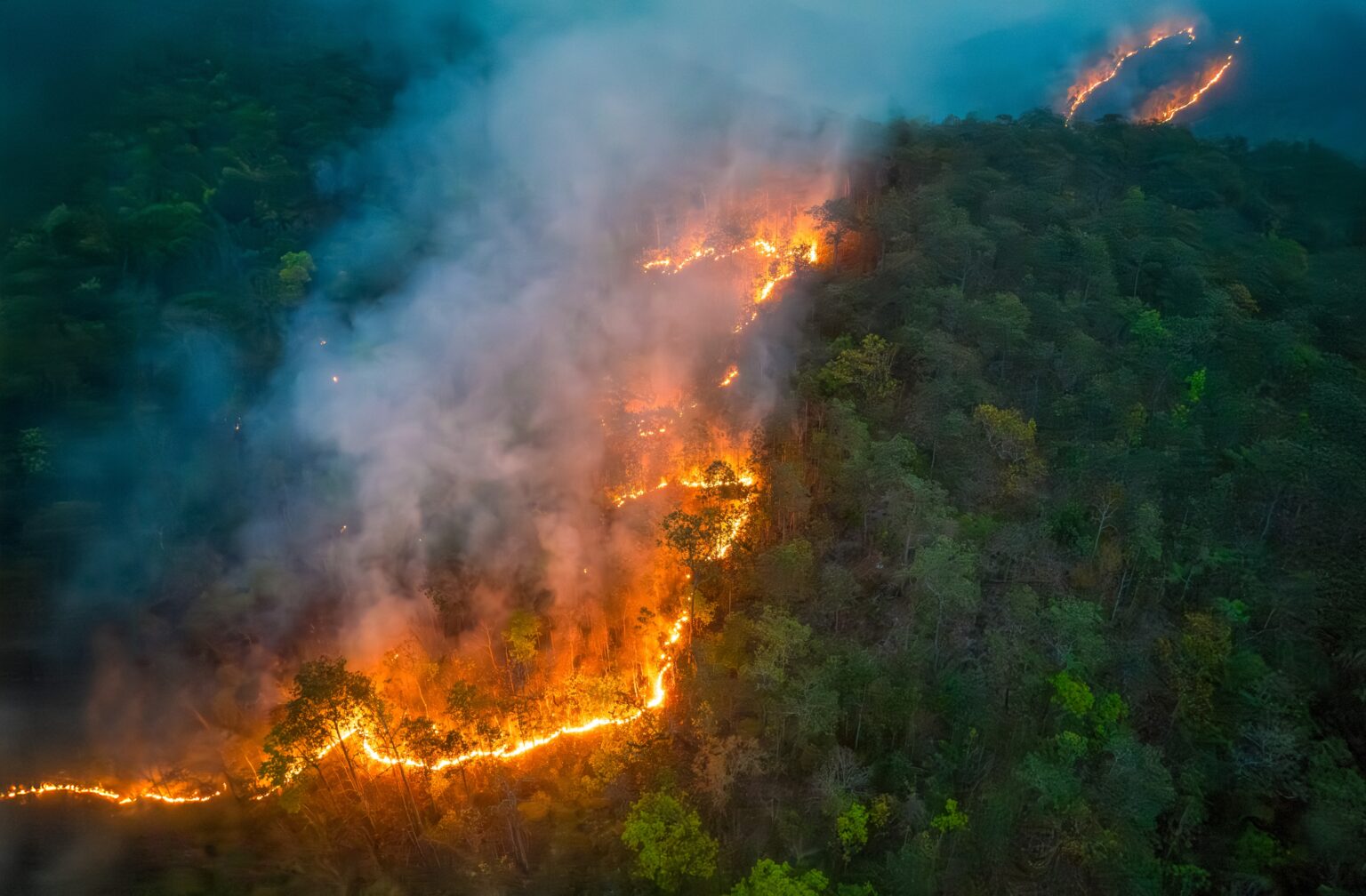
Starved Into Silence: Gaza’s Journalists and Europe’s Complicity
June 11, 2025
Iranian-American Journalist Reza Valizadeh Launches Hunger Strike in Evin Prison
June 11, 2025June 11, 2025 – General –
Covering climate change is one of the most important but emotionally challenging tasks journalists face today. Reporting on disasters like hurricanes, wildfires, and floods means witnessing devastation and human suffering firsthand, which can take a serious toll on journalists’ mental health. Many experience anxiety, depression, nightmares, and compassion fatigue — a condition caused by repeated exposure to others’ trauma. Unfortunately, newsroom cultures often overlook these issues, leaving journalists to cope alone. Studies show that nearly 20% of reporters covering extreme weather suffer from symptoms of post-traumatic stress disorder (PTSD) or depression.
To support their teams, news organizations need to adopt trauma-informed practices. This includes providing access to counseling, encouraging peer support, limiting workloads during difficult assignments, and normalizing conversations about mental health. Simple steps like pre-assignment briefings and post-assignment check-ins can help journalists process what they experience and avoid burnout.
At the same time, how journalists frame climate stories can influence both their well-being and their audience’s reaction. Instead of focusing solely on doom and gloom, many newsrooms are turning to constructive climate journalism. This approach highlights solutions, community resilience, and health impacts related to climate change. For example, covering how communities adapt to extreme weather or how reducing pollution improves public health can inspire hope rather than despair.
Constructive reporting also avoids polarizing political debates by emphasizing scientific facts and human stories, making climate issues feel more personal and relevant. This helps reduce climate anxiety for readers and encourages positive engagement and action.
By combining mental health support for journalists with hopeful, solution-oriented storytelling, newsrooms can sustain better coverage of climate change. This approach protects reporters from trauma while informing and empowering the public. As the climate crisis continues to unfold, taking care of both the storytellers and their audience is essential for effective journalism.
Reference –
Climate Change Reporting and Mental Health: Practical Tips for Newsrooms and Journalists




